On Coronation Day at precisely 12:01 pm, as the St Edward’s Crown was placed on The King’s head, a six-gun salvo rang out on Horse Guards Parade.
Additionally, gun salutes were fired at saluting stations throughout the UK, overseas territories, and on His Majesty’s ships at sea.
But what is the significance of these salutes, and why were different numbers of rounds fired depending on the location? Drawing on information from the British Army website, this article aims to shed light on the history and significance of gun salutes.
The Origins and Significance of Gun Salutes
Gun salutes have been a mark of respect or welcome for centuries, both on land and at sea, signifying special occasions or military honours. The tradition began in the 15th century when ships visiting foreign ports would discharge all their guns out to sea upon arrival to demonstrate peaceful intentions.
British ships carried seven guns, so seven shots became the standard to indicate that the ship was now unarmed. The guns onshore would respond by firing three rounds for every shot from the ships, totalling 21 shots. This is the origin of the 21-gun salute, the most common number of gun salutes used today.
A traditional Royal Salute comprises 21 rounds, with an additional 20 rounds fired in royal parks, such as Hyde Park. In 1946, King George VI instructed the War Office to form a horsed battery to perform ceremonial salutes in London, leading to the creation of the Riding Troop Royal Horse Artillery. In 1947, the King renamed it The King’s Troop RHA during a visit.
Coronation Day Gun Salutes and Saluting Stations
During the Coronation, a 21-round gun salute was fired at ten-second intervals at all Saluting Stations in the UK and Gibraltar. The Tower of London, however, conducted a 62-round Royal Salute. The Army Saluting Stations across the UK were:
- Scotland, Edinburgh Castle – Fired by 105th Regiment Royal Artillery (Scottish and Ulster Gunners) (105 RA).
- Scotland, Stirling Castle – Fired by troops from 53 Battery, 5th Regiment Royal Artillery.
- Wales, Cardiff Castle – Fired by 104th Regiment Royal Artillery.
- Northern Ireland, Belfast, Hillsborough Castle – Fired by 206 (Ulster) Battery, 105th Regiment Royal Artillery (The Scottish and Ulster Gunners).
- Colchester, Castle Park – Fired by 7th Parachute Regiment Royal Horse Artillery (7 Para RHA).
- Stonehenge – Fired by 14 Regiment Royal Artillery.
- York, Museum Gardens – Fired by 4th Regiment Royal Artillery (the North East Gunners).
- Plymouth, Royal Citadel – Fired by 29 Commando Regiment Royal Artillery.
- MOD Gibraltar, His Majesty’s Naval Base – Fired by Headquarters Company (Thomson’s Battery) Royal Gibraltar Regiment (RG).
Each of these stations has a rich history and significance, with many having participated in previous coronation ceremonies, significant military operations, or other notable events. The gun salutes serve as a reminder of the longstanding traditions and customs that have shaped the British military and its relationship with the monarchy.
For more details on the history and significance of gun salutes, please visit the British Army’s official website.


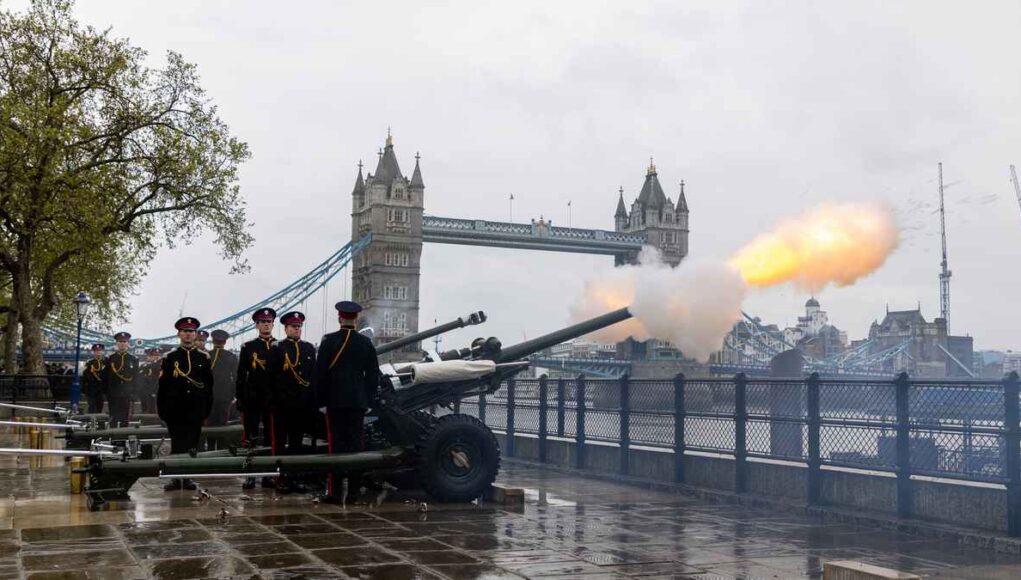


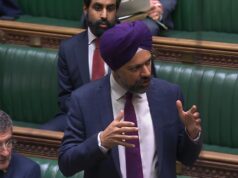
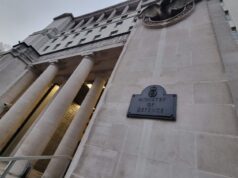
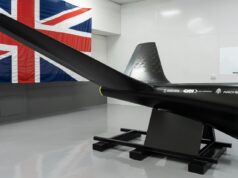
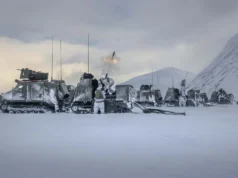
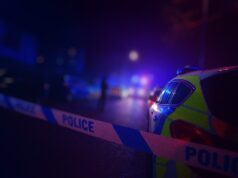
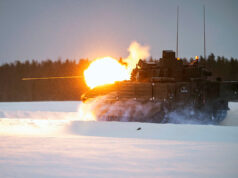
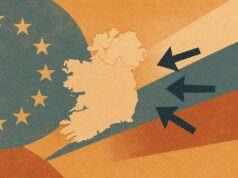
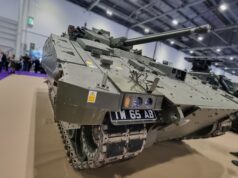

Quite interesting article providing both history and details of ceremonial gun salutes. Always been I pressed w/ precision of British artillery crews; believe it has assisted in winning more than one war.
On a separate but somewhat related topic, does anyone on this site watch a program entitled ‘Combat Dealers,’ starring an ex (or retired) Para named Bruce Crompton? Recently discovered this program and am fascinated. This individual and his crew buy, restore and sell older military equipment from multiple nations and intersperse coverage of this activity w/ presumably real historical war vignettes. They often test fire restored weapons w/ practice munitions, which must require a special license to discharge in Britain. Holy crap, this guy owns functional
tanks and artillery!!! Not current equipment, but nonetheless… In any event, he has twin master mechanic brothers who exhibit great finesse in restoring equipment; would recommend MoD have them on speed dial, for example, troubleshooting Ajax and the Challenger 3 conversion programmes…🤔😳😉
I
…been impressed…🙄
It’s a good programme, however Comptons Mockney, wide boy banter drives me round the bend!🤬
Cor blimey Guv’nr what’s the bleedin’ problem. I were learnt to talk proper by wassisname, you know that bloke on the telly, Jamie Oliver, that’s ‘im. Strewth!
Comptons accent make Jamie Oiliver sound like he’s had electrocution (sic) lessons🤣🤣🤣
Huh…good to know…thought he was exactly the profile of a typical ex-para… stereotyping often leads to an incorrect conclusion. 🤔😳
Like when I’ve travelled through Louisiana, Alabama and such, never met one Billy Bob or Bobby Bill😁
The RN now uses cut down 3pdr guns on Warships.
These are based on the original 3Pdr usually mounted on shore establishments.
One is also in Hong Kong for the noon day gun at Jardines which I used to do the 3M maintenance on when based there. I have a spent cartridge from it at home.
The ones on RN ships are also used for force protection as the large bang and smoke cloud is a good warning to any would be miscreants to keep clear!
A Brasso tin is , incidentally, just the right size to fit in the barrel…not that I would know such a thing or have actually fired one with a Brasso tin down the barrel….